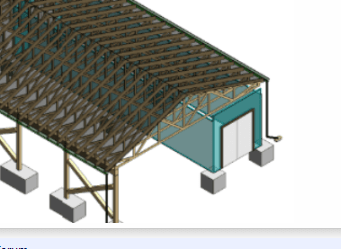Have you got the latest IBC? It sounds like it has finally incorporated the proposed provisions on presumed capacities and design basis stuff:
You can also refer to the document that ICC prepared before that. I think this is latest version of ICC G5 - Guidelines for the Safe Use of ISO Containers
For some reason the main page doesn't load, but I can go to all the sections of the document using the navigation headings in the left frame.
ICC has a standard for evaluating the shipping container for suitability for structural reuse (i.e. before you start messing with it). It's ICC AC462. You can buy compliant ones, in theory, but your local people may or may not be familiar with it so it may not be helpful.
There's also a proposed fabricator approval spec that has things like tolerances that may be useful for cribbing for general notes if you're getting that detailed.
The ICC stuff has shear provisions, which was the tricky part in the past. For vertical loads, try to frame anything other than nominal loads into the corners where the containers are intended to carry load and then you can compare against rated capacities without doing anything complicated. If it's not practical, don't be afraid of welding in angles or channels as stiffening elements for vertical loads, or if you're wood framing inside for the final finish, using the stud wall.
Roofs are annoying. The load tests that they're rated to don't necessarily give you a great guidance for the type of loading a structural engineer would be interested in. Depends on what you're doing though. If you're doing anything that's a proper building, the ICC makes you build a proper roof assembly, so you might as well wood frame a platform on top of the container and at least take the load off of the corrugated plate to the side walls if not all the way to the corners. If you're doing a temporary enclosure for industry and ignoring the roof assembly, then if you're in a nominal snow area you can make it structurally work with assumed loads, but you may end up with water ponding in the medium to long term and corrosion. High snow (for me, wet parts of northern Canada more than half way up the provinces or so) I've had problems making the roof numbers work with just the plating with the information I generally have available. I've internally framed with wood joists to make this work in the past, though, where clients really didn't want a roof assembly on top.

